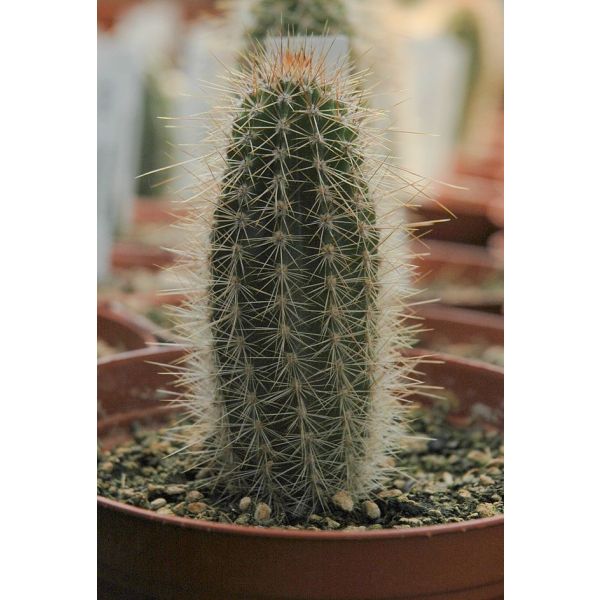Graines Armatocereus Godingianus
Graines Armatocereus Godingianus
Cactus colonnaire rare aux tiges segmentées.

Delivery
All orders shipped with UPS Express.
Always free shipping for orders over US $250.
All orders are shipped with a UPS tracking number.
Returns
Items returned within 14 days of their original shipment date in same as new condition will be eligible for a full refund or store credit.
Refunds will be charged back to the original form of payment used for purchase.
Customer is responsible for shipping charges when making returns and shipping/handling fees of original purchase is non-refundable.
All sale items are final purchases.
Help
Give us a shout if you have any other questions and/or concerns.
Email: contact@domain.com
Phone: +1 (23) 456 789
Availability: En rupture de stock
SKU
Armatocereus Godingianus
Armatocereus Godingianus est un cactus tropical qui pousse jusqu'à 10 m de hauteur. Il est originaire d'Équateur. On peut le trouver dans les provinces Azuay et Chimborazo à des altitudes situées entre 1000 et 2500 m.
Le cactus a besoin d’un arrosage régulier en été et peu d'eau en hiver. Armatocereus Godingianus est tolérant à la sécheresse.
En été, Armatocereus Godingianus fleurit pendant la nuit avec de belles fleurs blanches mesurant 7-9 cm de long et 5-7 cm de diamètre. Ses fruits mesurent entre 6 et 13 cm de long. Ils sont verts et oblongs couverts d'épines jaunes. Ses graines sont grandes et noires.
Zone de rusticité: 10-11
| label | Armatocereus godingianus |
|---|---|
| Famille | Cactaceae |
| Genre | Armatocereus |
| Espèce | Armatocereus godingianus |
| Germination | Coming soon. |
| Price View | Tranche de prix |

